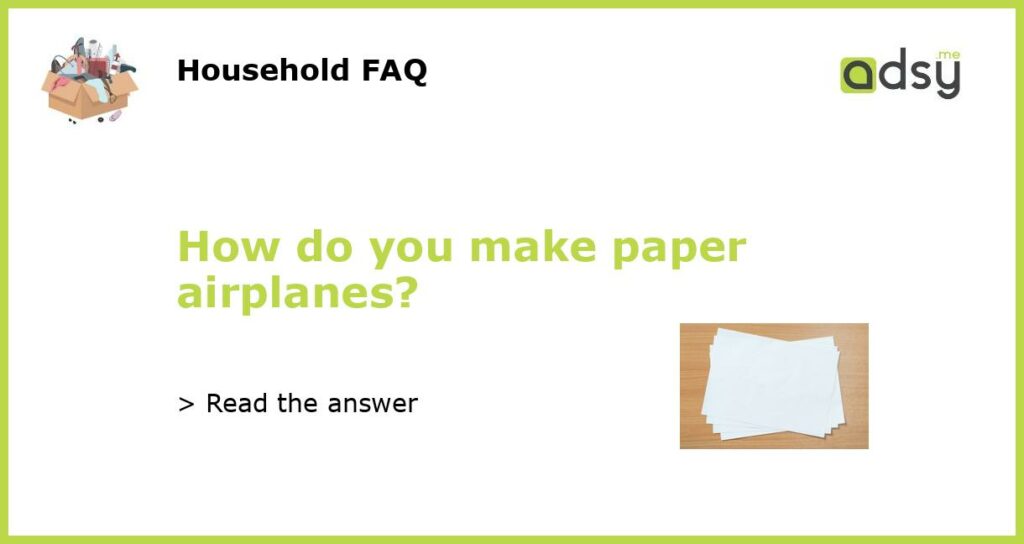The Art of Making Paper Airplanes
Making paper airplanes is a fun and creative activity that has been enjoyed by people of all ages for generations. Whether you’re a kid looking to create the perfect flying machine or an adult wanting to relive the joy of childhood, learning how to make paper airplanes is a skill worth mastering. In this article, we will explore the art of making paper airplanes and provide step-by-step instructions to help you create your own aircraft.
Basic Materials and Folding Techniques
Before you start making paper airplanes, it’s important to gather the necessary materials. All you need is a sheet of paper and your hands. Standard printer paper or origami paper are great options, but you can experiment with different types of paper to see how they affect the flight of your airplane.
To begin, fold the paper in half lengthwise, making sure the edges are aligned. This creates a crease down the center of the paper. Next, unfold the paper and fold the top corners down to meet the center crease, creating two triangles. Fold the top edge of the paper down to meet the bottom edge, aligning the edges once again. Lastly, fold the paper in half along the center crease, keeping the previous folds on the outside. Now, you have a basic paper airplane shape that you can customize and decorate.
Creating Different Styles of Paper Airplanes
There are countless variations and styles of paper airplanes that you can create. The basic design can be modified and tweaked to create different flying characteristics and aesthetics. Here are a few examples of popular paper airplane designs to get you started:
a) The Dart
The Dart is a classic paper airplane design that is known for its speed and distance. To create a Dart, start with the basic folding instructions mentioned earlier. Then, fold the two top corners down to meet the center crease, forming a triangle at the front of the airplane. Finally, fold the top triangle down to cover the folded corners and create a sleek, pointed nose.
b) The Glider
The Glider is a paper airplane design that is built for smooth, steady flights. To create a Glider, start with the basic folding instructions and keep the wings straight and flat. Make sure the nose is slightly pointed to reduce drag and improve its gliding capabilities. Experiment with different wing sizes and angles to see how they affect the flight.
c) The Looping Looper
The Looping Looper is a paper airplane design that is built for acrobatic tricks and loops. To create a Looping Looper, start with the basic folding instructions and add small flaps at the back of the wings. These flaps will act as elevators, allowing you to control the plane’s pitch during flight. With some practice and adjustments, you can make your paper airplane perform impressive loops and tricks in the air.
Testing and Adjusting
Once you have created your paper airplane, it’s time to test it out and make any necessary adjustments. Find a suitable area, preferably outdoors or in a large indoor space, with plenty of room to fly your airplane. Hold the plane by the body and launch it gently, giving it a slight forward push. Observe how it flies and adjust the wings or body as needed. You can bend the wing tips up or down to change the lift and stability of the airplane, or add additional folds to modify its shape. Keep experimenting until you achieve the desired flight characteristics.
Sharing and Enjoying the Experience
Making paper airplanes is not only a fun activity, but it can also be a great way to bond with family and friends. Share your knowledge and designs with others, and encourage them to join in the fun. Organize paper airplane competitions or challenges to see whose design can fly the farthest or perform the best stunts. The possibilities are endless, and the joy of flying a paper airplane is something that can be appreciated by people of all ages.






